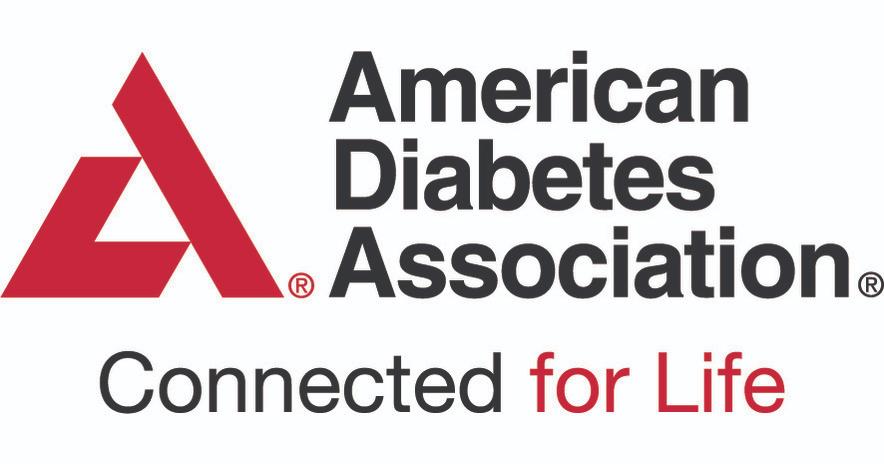Article
American Diabetes Association Releases New Standards of Care for 2022
Author(s):
The American Diabetes Association has released their 2022 Standards of Medical Care in Diabetes, which includes updates or additional guidance in areas such as diabetes screenings, first-line therapies, and technology use.

The American Diabetes Association (ADA) has released the latest iteration of their Standard of Medical Care in Diabetes.
Announced in a statement on December 20, the latest ADA annual Standards of Care include new additions and changes to topics, including diabetes screening, first-line therapies, pregnancy, and technology use.
"We recognize that health care providers around the world look to our Standards of Care for the latest in how new research can impact care and are excited to provide this valuable resource," said Robert Gabbay, MD, PhD, chief scientific and medical officer at the ADA, in a statement. "The evidence for the prevention and treatment of diabetes and its complications is constantly evolving and it is crucial we do our best to keep medical professionals informed on best practices and medical advances in the field of diabetes."
With the intent of providing an overview of the latest in evidence-based recommendations for diagnosis and management of youth and adults with type 1, type 2, or gestational diabetes, the Standards of Medical Care in Diabetes are updated by the ADA on an annual basis. Composed by the ADA’s Professional Practice Committee, which is a multidisciplinary team of 16 US-based experts, highlighted changes to this year’s Standards of Care include guidance on first-line therapy determined by co-morbidities, screening for prediabetes and diabetes beginning at age 35 for all people, changes to gestational diabetes mellitus recommendations regarding when to test and in whom testing should be done, and updated recommendations on technology selection based on individual and caregiver considerations, ongoing education on use of devices, continued access to devices across payers, support of students using devices in school settings, use of telehealth visits, and early initiation of technology.
As with previous years, the online version of the Standards of Care will be annotated in real-time with necessary updates if new evidence or regulatory changes merit incorporation. As it stands, this year’s document is 270 pages long and broken down into 17 specific sections.
The sections focused on improving care and promoting health, classification and diagnosis of diabetes, prevention or delayed of T2D and associated comorbidities, medical evaluation and assessment of comorbidities, facilitating behavior change and well-being to improve outcomes, glycemic targets, diabetes technology, obesity and weight management for prevention and treatment of T2D, pharmacologic approaches to glycemic management, cardiovascular disease and risk management, chronic kidney disease and risk management, a section on diabetic retinopathy, neuropathy, and footsore, older adults, children and adolescents with diabetes, management of diabetes in pregnancy, diabetes care in the hospital, and diabetes advocacy.
In the aforementioned statement, the ADA highlighted the subsection on cardiovascular disease and risk management was reviewed and critiqued by a pair of representatives from the American College of Cardiology (ACC). The statement also noted this year marked the fourth consecutive year this section had received endorsement from the ACC.
"In the same way that successful diabetes care requires a multidisciplinary approach, the Professional Practice Committee harnesses the experiences of various specialized providers from a multitude of settings to produce clinical practice recommendations that are intended for all types of health care professionals," said Boris Draznin, MD, PhD, Chair of the Professional Practice Committee.
This document, “Standards of Medical Care in Diabetes—2022,” was published in Diabetes Care.





